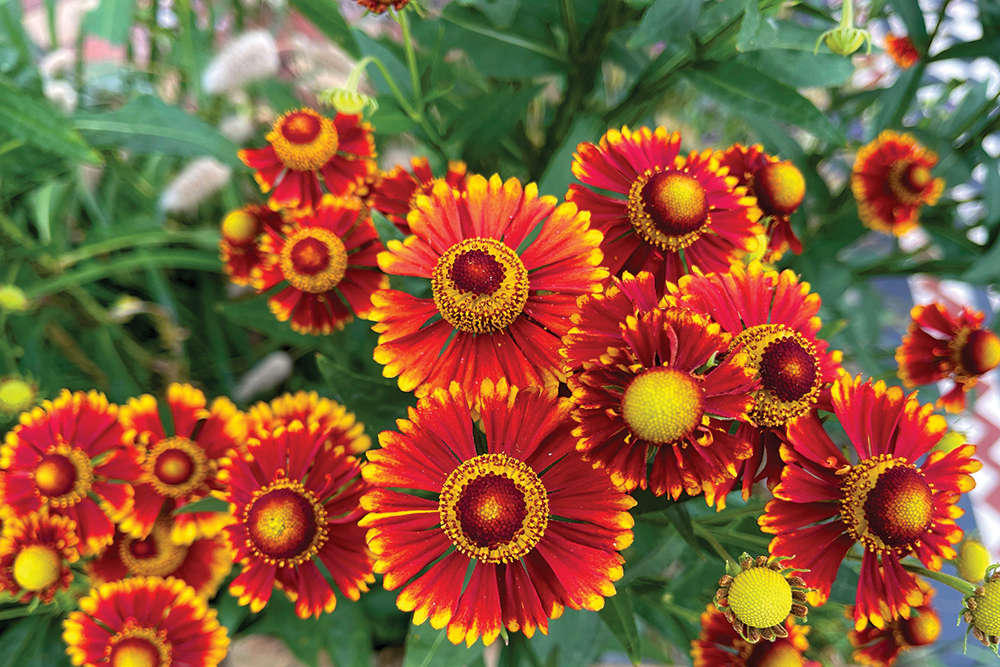
Botanical Latin may seem daunting, but it’s designed to be helpful and informative, says Flo Whitaker
Humans have cultivated flowers for thousands of years. Over the centuries, plants have acquired ‘common’ names, many of which are charmingly rustic and regional in variation. For instance, a Scottish bluebell changes its name to harebell when growing south of the border. Without a formal botanical language, confusion reigns. Bluebells are members of the hyacinth family, whereas harebells are part of the campanula tribe, so which plant is being discussed?
Latin names are practical, not snobbishly highbrow, although there’s always one pompous ‘haughty-cultural’ twerp at a dinner party who starts banging on about his annoying clumps of Bellis perennis, (sensible people call them lawn daisies). Ignore him, or retaliate with some tongue-twistingly obscure fern names - that’ll shut him up.
Another example of an unfathomable plant is the quaintly-named ‘Mexican Daisy’. It seems straightforward enough - until you realise the moniker is used to describe rudbeckia, erigeron, gerbera, helenium, tithonia, osteospermum - and many others. People also have casual attitudes regarding geography. ‘Mexican’ is frequently substituted with ‘American’, ‘African’ or ‘Spanish’. Ask “Will my Mexican Daisy survive outdoors in winter?” and I can only offer a shrugging response, “Dunno, it depends what you’re referring to”. You’ll doubtless walk away, tutting and muttering, “Well, I thought she was an expert …”
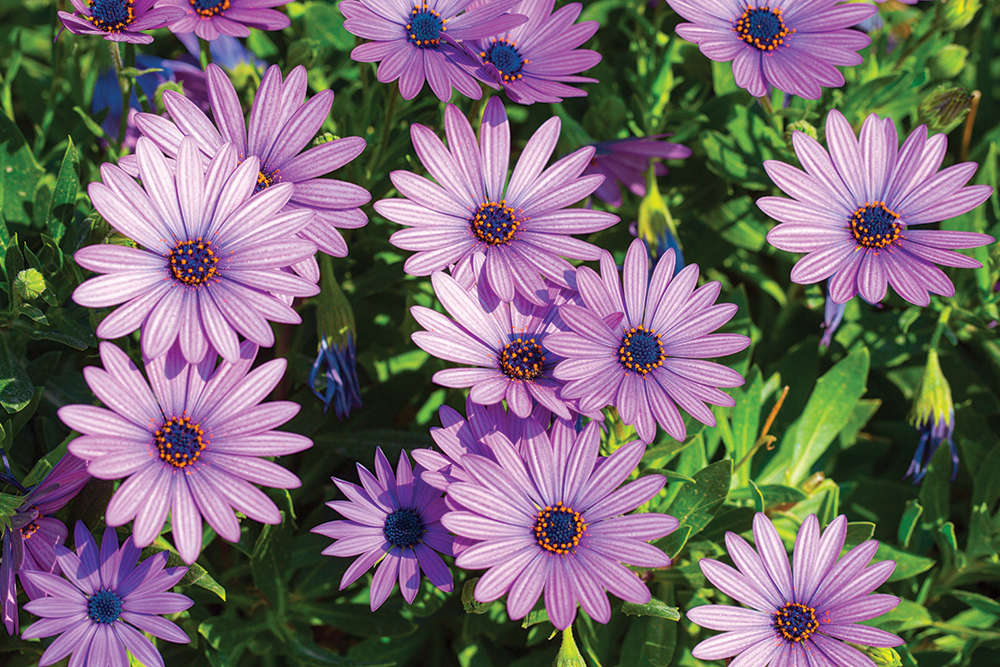
A Swedish botanist, Carl Linnaeus, (1707 - 1778) developed a method of naming plants that, with minor adaptations, remains in use today. Simplicity is the key to its success, with plants first categorised by genus, (plants that share common ancestors), then sub-divided into species, (family groups within that ancestry). Our little lawn daisy is a long-persisting member of the Bellis family, hence Bellis perennis. For the avoidance of doubt, genus names always start with a capital letter. The species is shown in lower case.
Now, let’s pretend a purple-coloured lawn daisy was discovered. That might be classified as Bellis perennis purpurea, (purple). However, if I deliberately bred a purple daisy and modestly named it after myself, that would be expressed as Bellis perennis ‘Flo’s Purple’. Here, the suffix is capitalised and enclosed within quotation marks to denote a cultivar, (made by human/artificial intervention).
Plants that are truly wild have their entire name shown in italics, such as Quercus robur, the common oak, (robur means strong/hard). Botanical names can also usefully describe characteristics, for instance; fragrans – pleasantly scented, foetidus – malodorous, grandis – large, minimus – tiny, floribunda - multi-flowered. Other words indicate a plant’s preferred environment; maritima – seashore, alpinus – alpine, sylvatica – woodland/forest.
Latin is often dismissed as a pointless, ‘dead’ language, but nothing could be further from the truth. Our modern-day vocabularies have their roots firmly planted in ancient Latin and Greek. Learning some basic botanical terminology will help you make informed decisions at the garden centre.

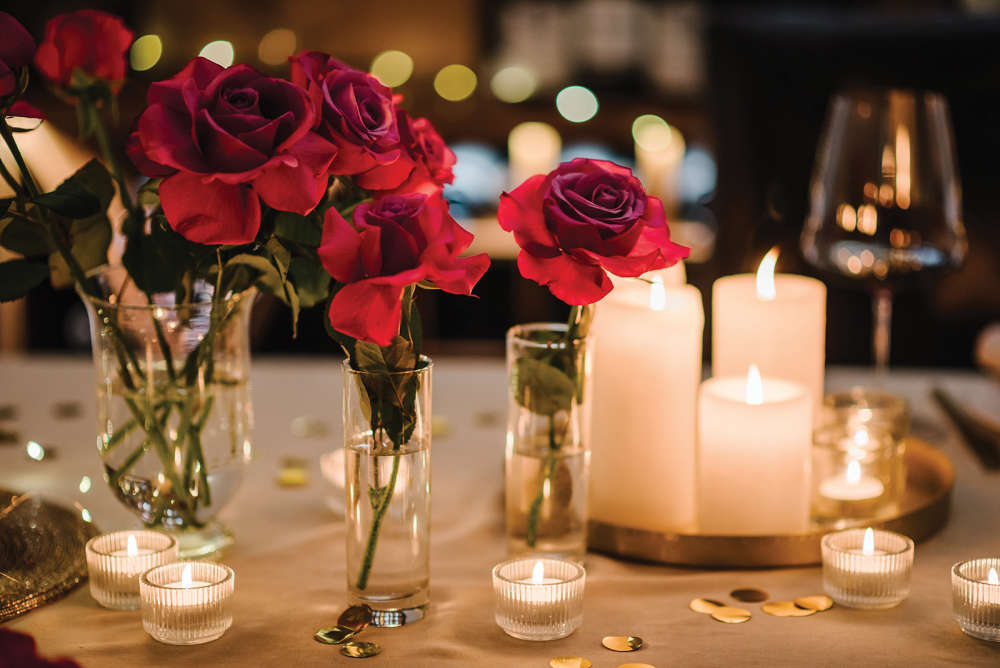 Homes Extra: Make Room for Romance!
Homes Extra: Make Room for Romance!
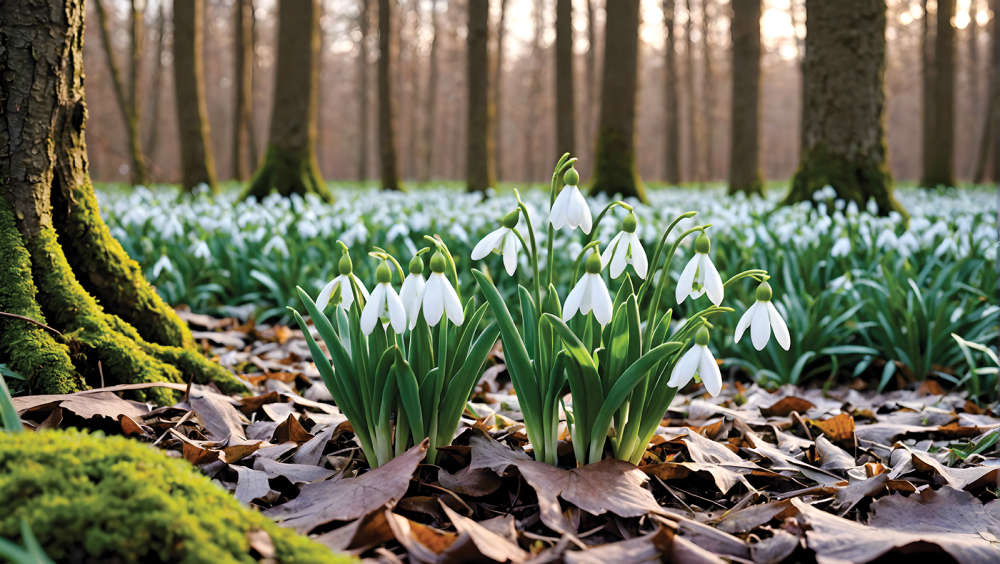 Blooming Times: Harbingers of Spring
Blooming Times: Harbingers of Spring
 Homes Extra: Home Sanctuary
Homes Extra: Home Sanctuary
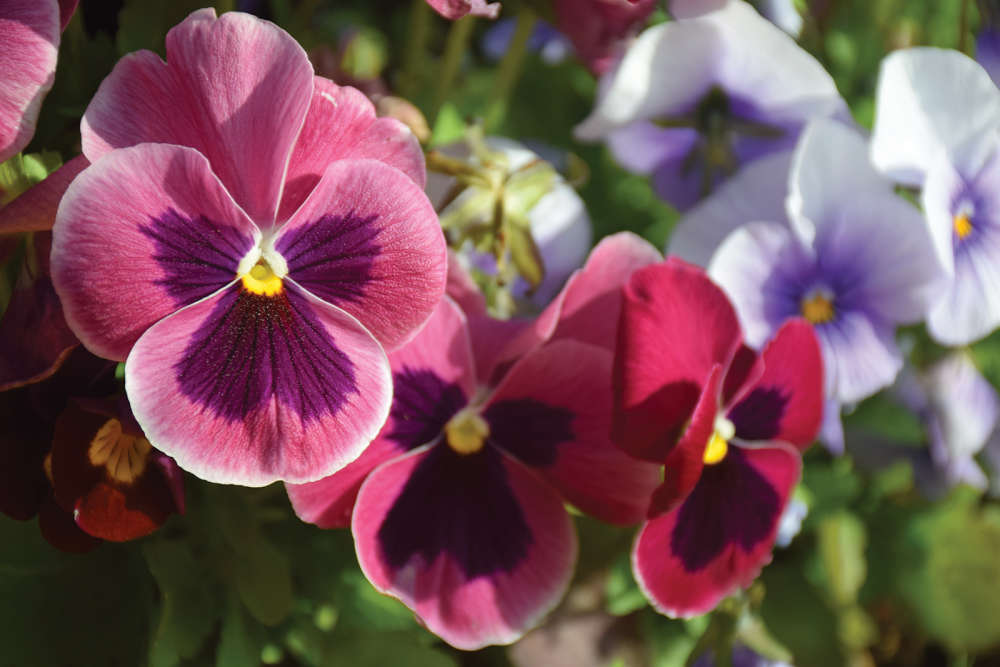 Blooming Times: Happy Faces
Blooming Times: Happy Faces
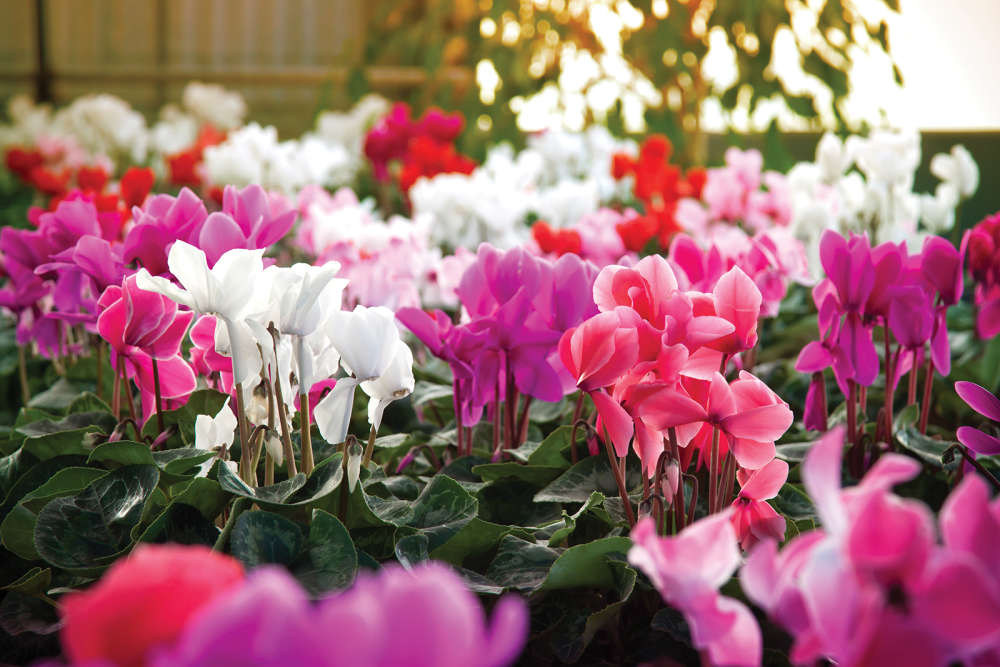 Blooming Times: Winter Sparklers
Blooming Times: Winter Sparklers
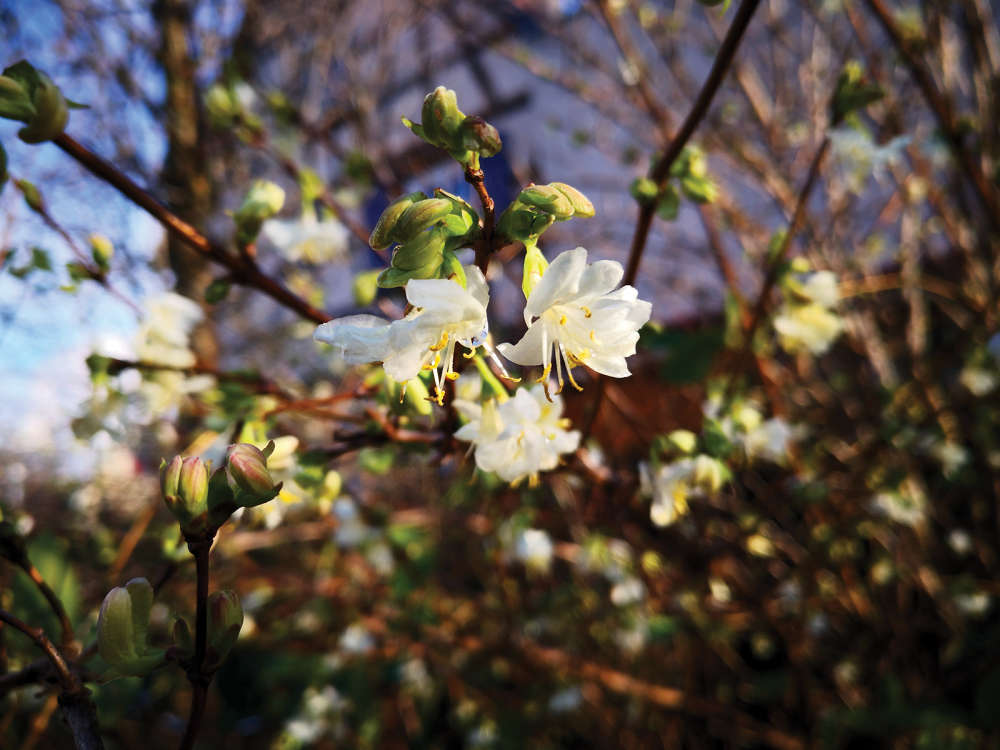 Blooming Times: Winter Wonders
Blooming Times: Winter Wonders
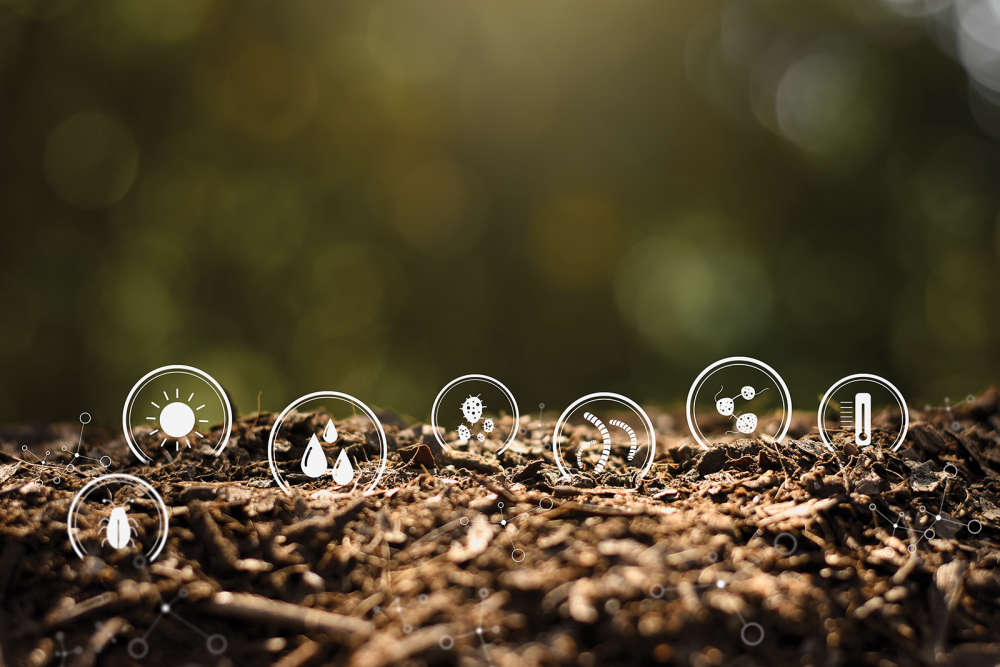 Blooming Times: The Answer Lies in the Soil
Blooming Times: The Answer Lies in the Soil
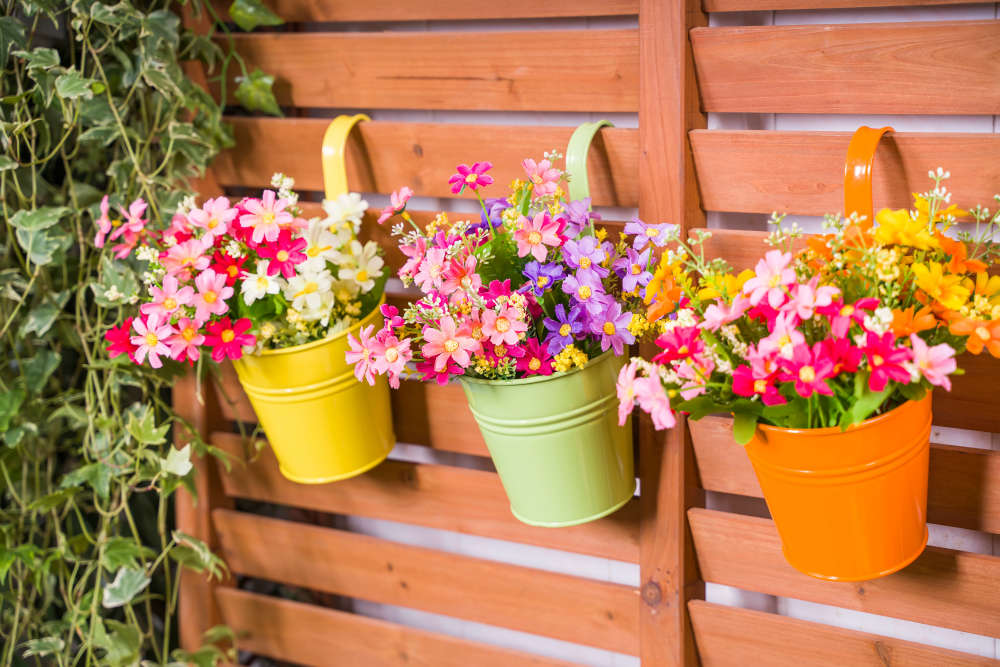 How to Cover Up Shabby Garden Walls and Fences
How to Cover Up Shabby Garden Walls and Fences
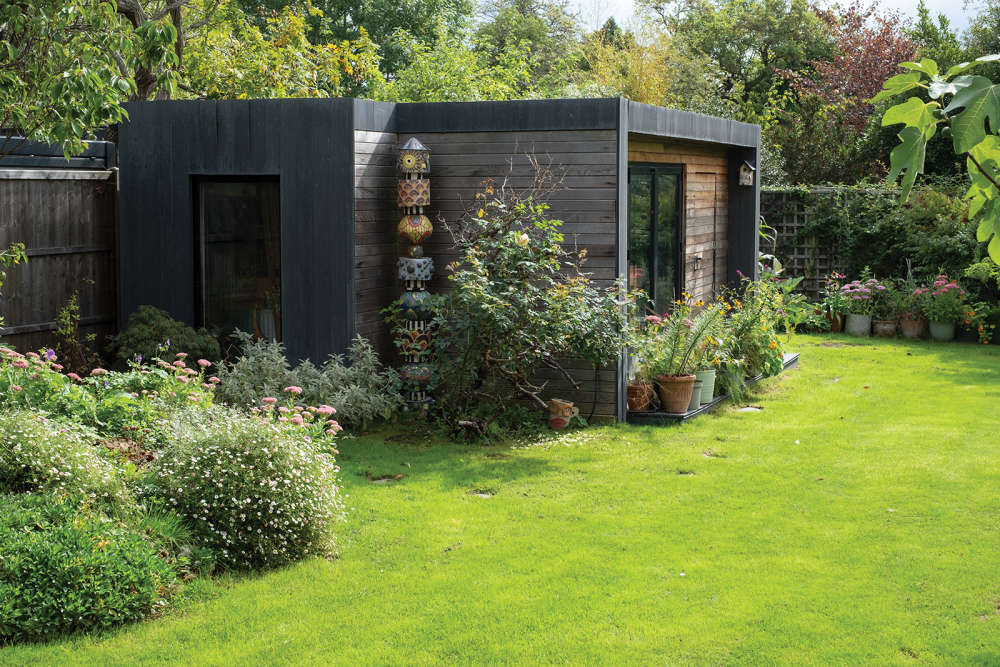 Homes Extra: Shed Space
Homes Extra: Shed Space
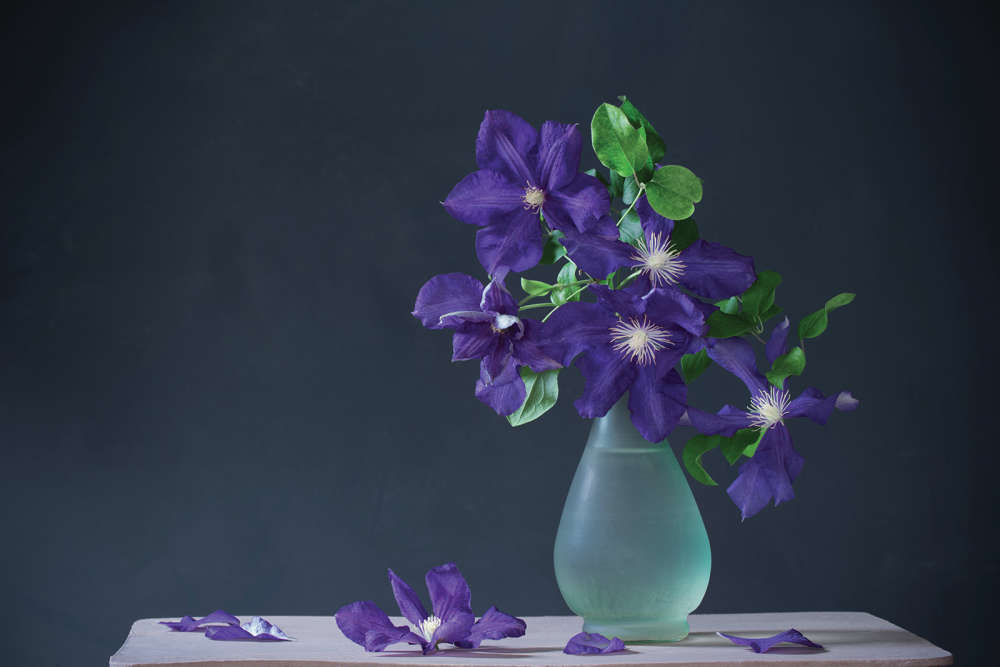 Gardening: Choose a Clematis for Every Month of the Year
Gardening: Choose a Clematis for Every Month of the Year
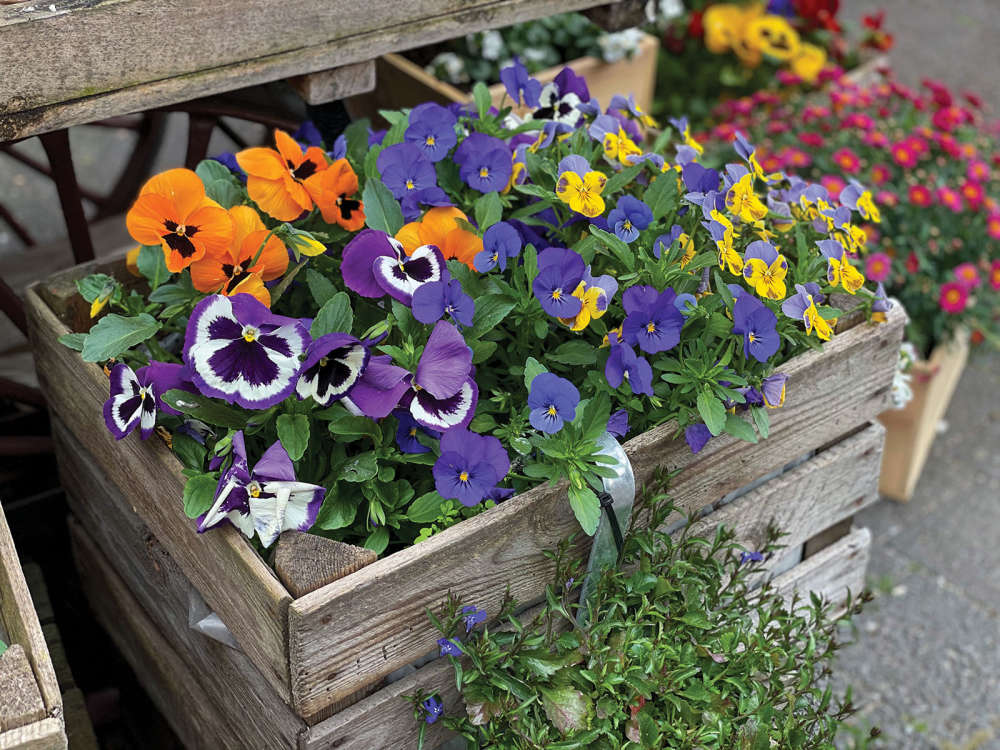 Blooming Times: Top of the Pots
Blooming Times: Top of the Pots
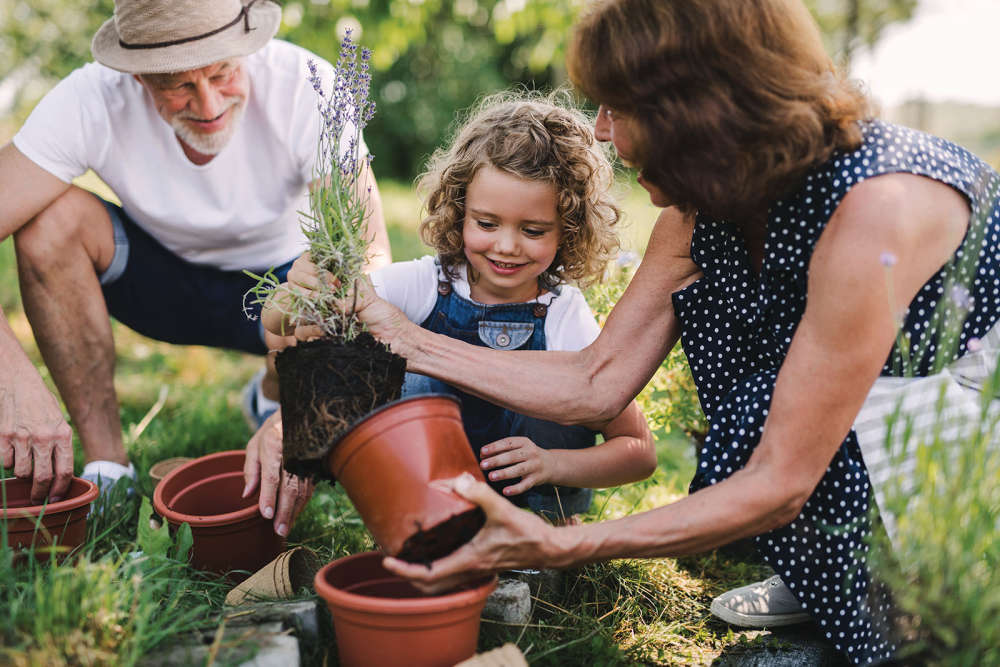 Kids Zone: Get the Kids Growing
Kids Zone: Get the Kids Growing
 Blooming Times: Wisteria Hysteria
Blooming Times: Wisteria Hysteria
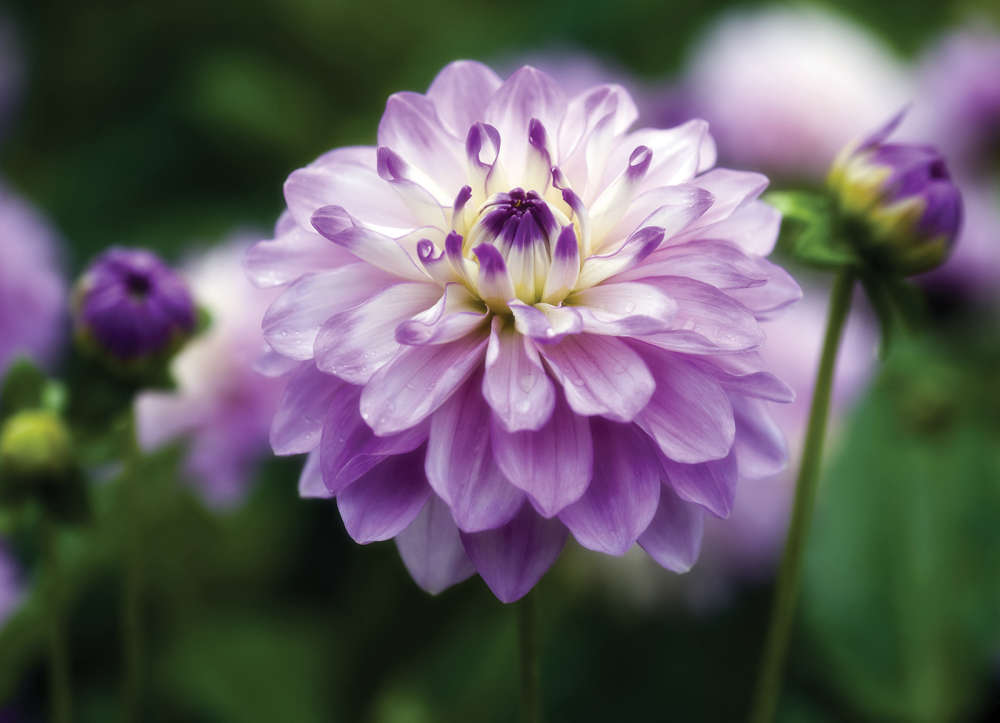 Blooming Times: Dahlia Mania
Blooming Times: Dahlia Mania
 How to Create 3D Walls in Your Home
How to Create 3D Walls in Your Home
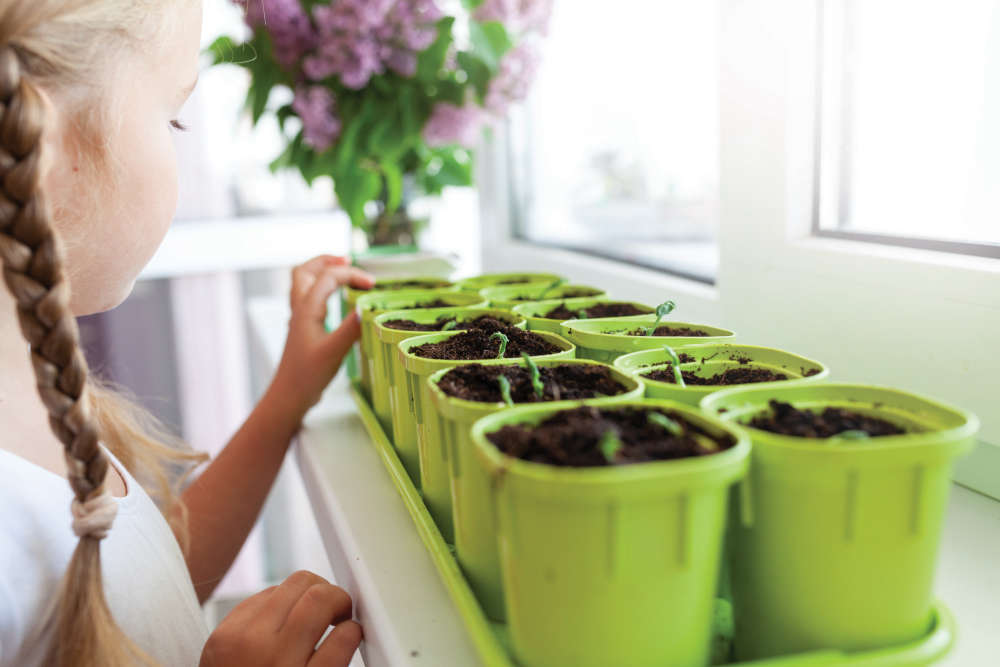 Blooming Times: Spring Fever
Blooming Times: Spring Fever
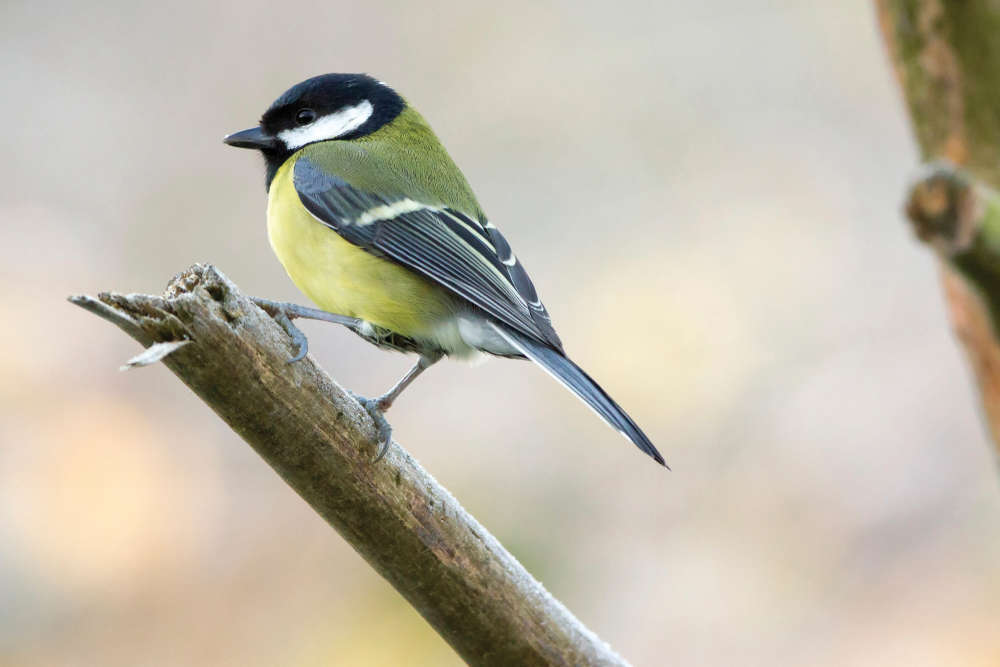 Top 10 Garden Birds to Spot on the Isle of Wight
Top 10 Garden Birds to Spot on the Isle of Wight
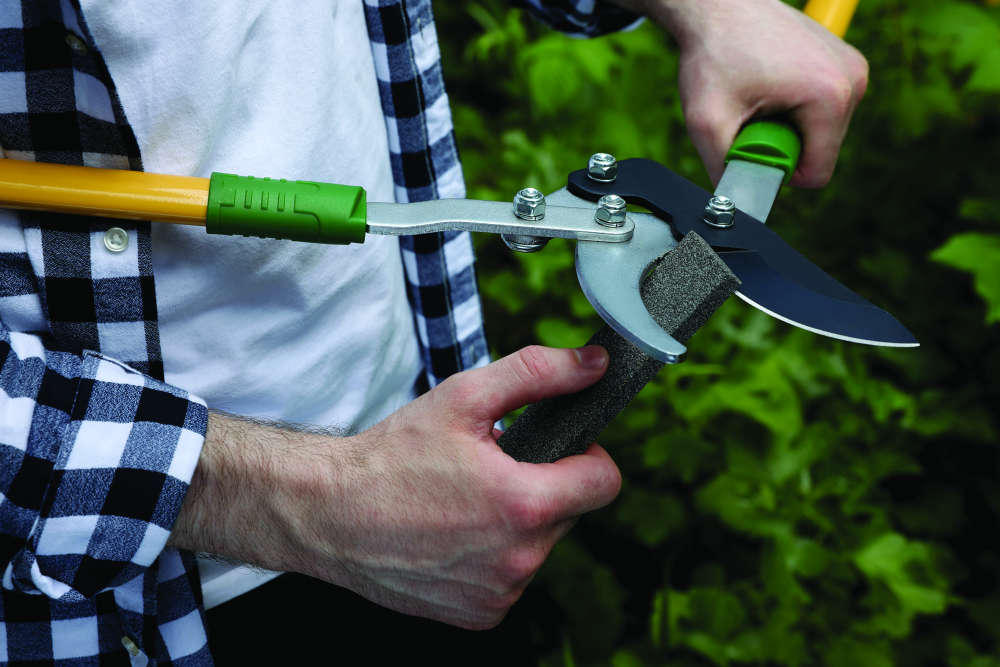 The Best Christmas Gifts for Gardeners
The Best Christmas Gifts for Gardeners
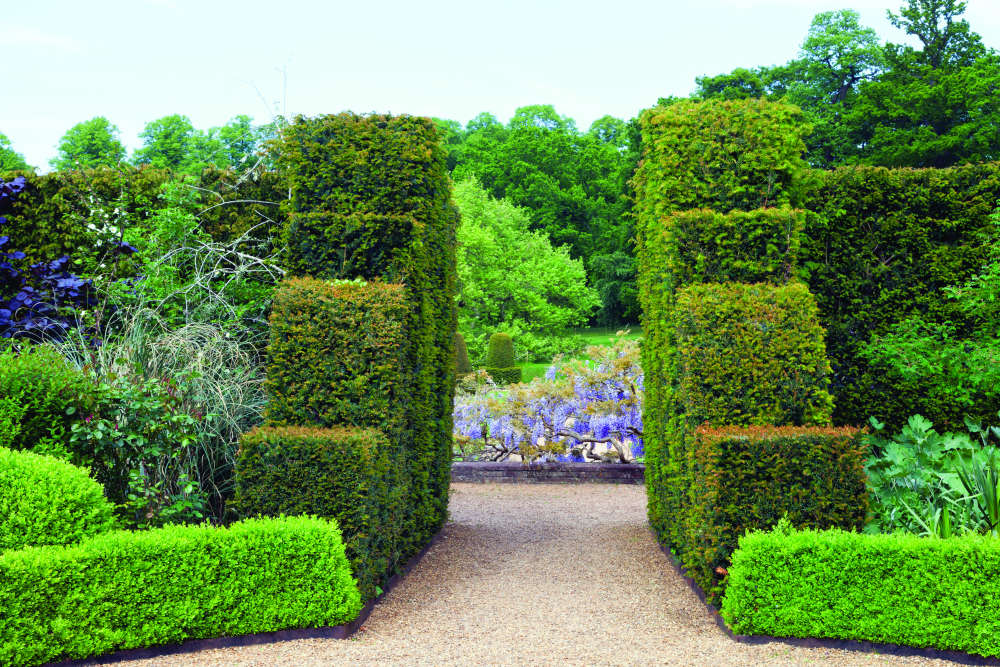 Gardening: The Benefits of Hedges
Gardening: The Benefits of Hedges
 How to Create a Happy Home Workspace
How to Create a Happy Home Workspace